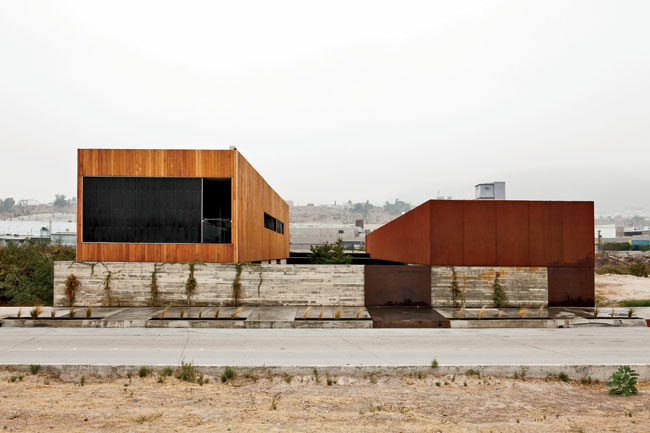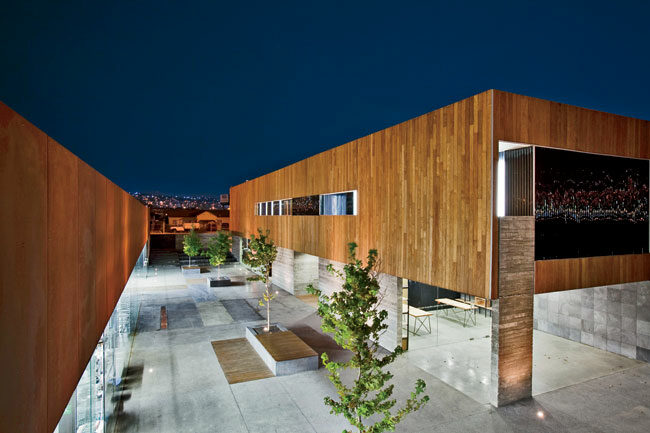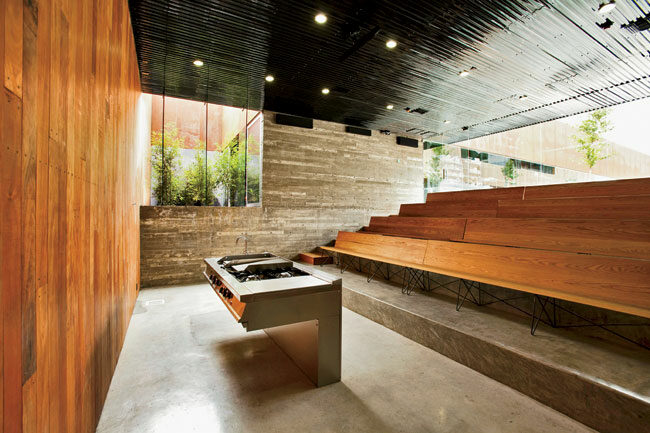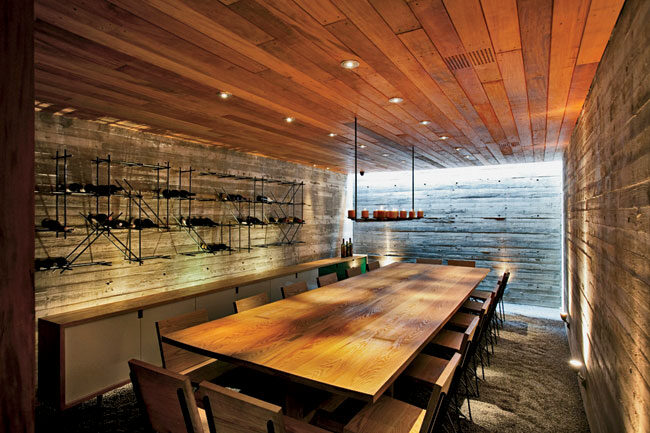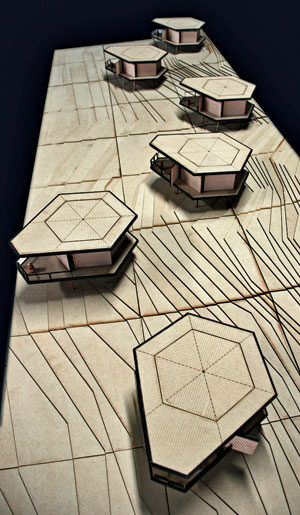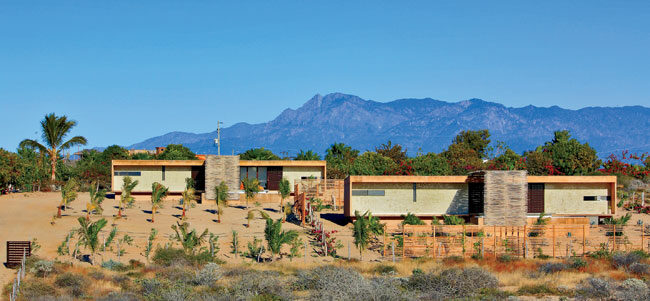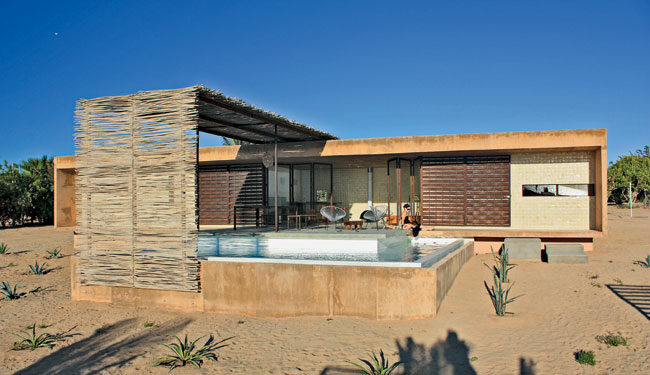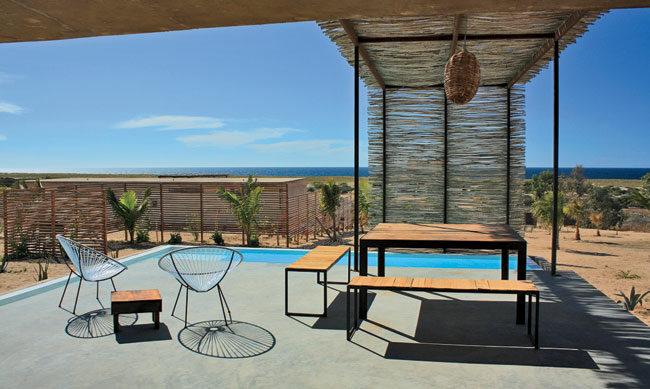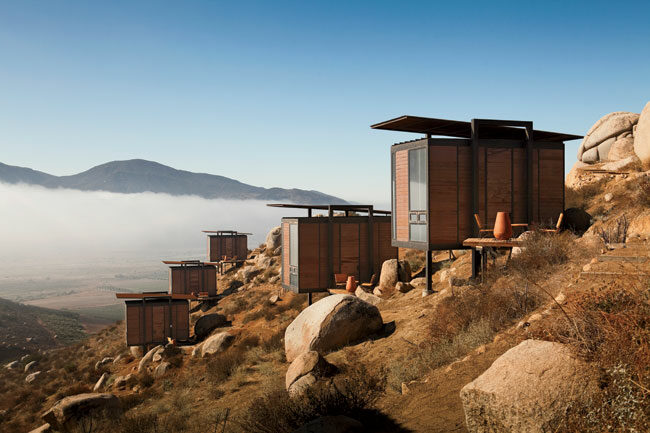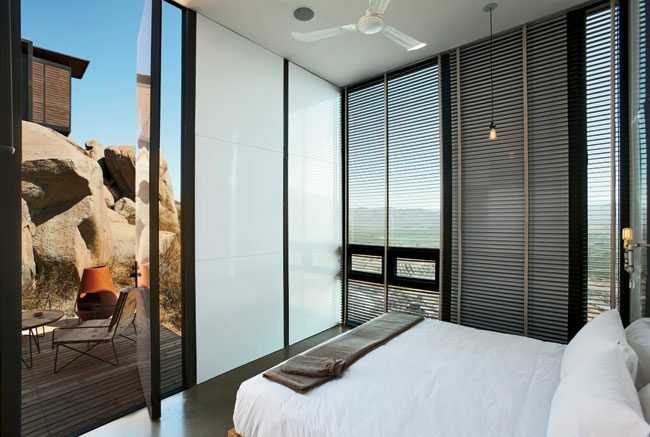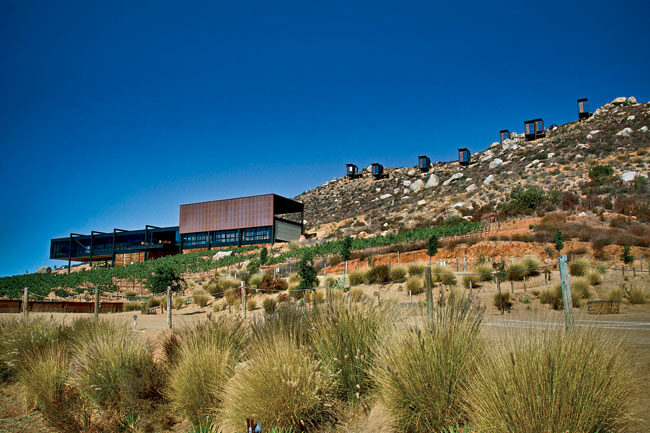Tijuana, Mexico
Jorge Gracia, the 39-year-old founder of Gracia Studio, has quickly built a reputation for distinctive Modernist architecture in his hometown of Tijuana, Mexico. The rumble-tumble border town south of San Diego has been known for a lot of things over the years'for gambling and drinking (especially during Prohibition) and, more recently, for drug wars. But not for design. 'Tijuana is reinventing itself,' says Gracia about his reason for staying and practicing in this city of 2 million. 'The last few years have been calm,' he adds, referring to the success of the antidrug offensive initiated by a reconstituted police force in 2009.
After starting a studio, Mas Design, in San Diego in 2002, and working closely with Mexican architect Sebastian Mariscal there, Gracia opened his Tijuana office in 2004. His first project was a house he built for himself and his family overlooking the city. With Casa GA (a name referring to the first initials of his and his wife's surnames), the architect demonstrated a proclivity for clean lines, raw materials, rectangular volumes, and taut planes. He wanted to show that he could not only 'create better design' than his cohorts in Tijuana 'but do it more cheaply.' He found he could achieve it through a design-build approach. Currently, Gracia Studio has four designers who work with about 20 construction workers from various trades on an ad hoc basis.
Since starting his Tijuana firm, Gracia has gone on to design more houses and, in 2010, the Culinary Art School in Tijuana, a pair of structures distinguished by the use of garapa wood, poured-in-place concrete, and Cor-Ten steel. The architect believes in efficiency and economy of means: He recycled the school's concrete board forms to use as floors for La Caja Galer'a (2010), an art gallery located in a renovated Tijuana warehouse.
Making the most of leftovers also fits in with Gracia's commitment to generating new business opportunities for his clients. For example, he is planning an outpost for the Culinary Art School that will be connected to a winery for the Encuentro Guadalupe in the Valle de Guadalupe, south of Tijuana. The winery is part of a development designed by Gracia Studio that includes the much-talked-about End'mico Resguardo Silvestre, a hotel consisting of a cluster of 20 steel cabins perched on the hillside overlooking the vineyards (record, June 2012, page 108).
Gracia, who has an M.B.A. as well as a B.Arch. from Iberoamerican University in Tijuana, convinced the client, a consortium of backers developing the property, to include a separate building for cooking lessons. Already hotel guests are enjoying wine-tasting sessions, and Gracia hopes to see the program expanded to offer viticulture classes as well. 'We try to push the client to do something extra for its business,' says Gracia, who is also planning housing for the eco-development.
He and some of the investors from Encuentro Guadalupe are planning a hotel composed of clustered cabins in Oaxaca, Mexico. For the project Gracia has designed six hexagonal pods located in agricultural fields that grow the maguey plant (a form of agave), from which mescal is distilled. The scheme includes a store in the new hotel that will carry this rugged relative of tequila, so memorable to readers of Malcolm Lowry's 1947 novel Under the Volcano. 'We look at architecture as a model for business,' says Gracia.
Gracia Studio
FOUNDED: 2004
DESIGN STAFF: 4
PRINCIPAL: Jorge Gracia
EDUCATION: Iberoamerican University, M.B.A., 2003; B.Arch., 1997
WORK HISTORY: Mas Design, 2002–04
KEY COMPLETED PROJECTS: Endémico Resguardo Silvestre, Valle de Guadalupe, Mexico, 2012; Culinary Art School, Tijuana, 2010; Casa Becerril, Tijuana, 2007; Todos Santos House, Todos Santos, Mexico, 2006; Casa GA, Tijuana, 2004
KEY CURRENT PROJECTS: Encuentro Guadalupe, Valle de Guadalupe, 2013; Encuentro Oaxaca, Oaxaca, Mexico, 2014
WEB SITE: www.graciastudio.com
